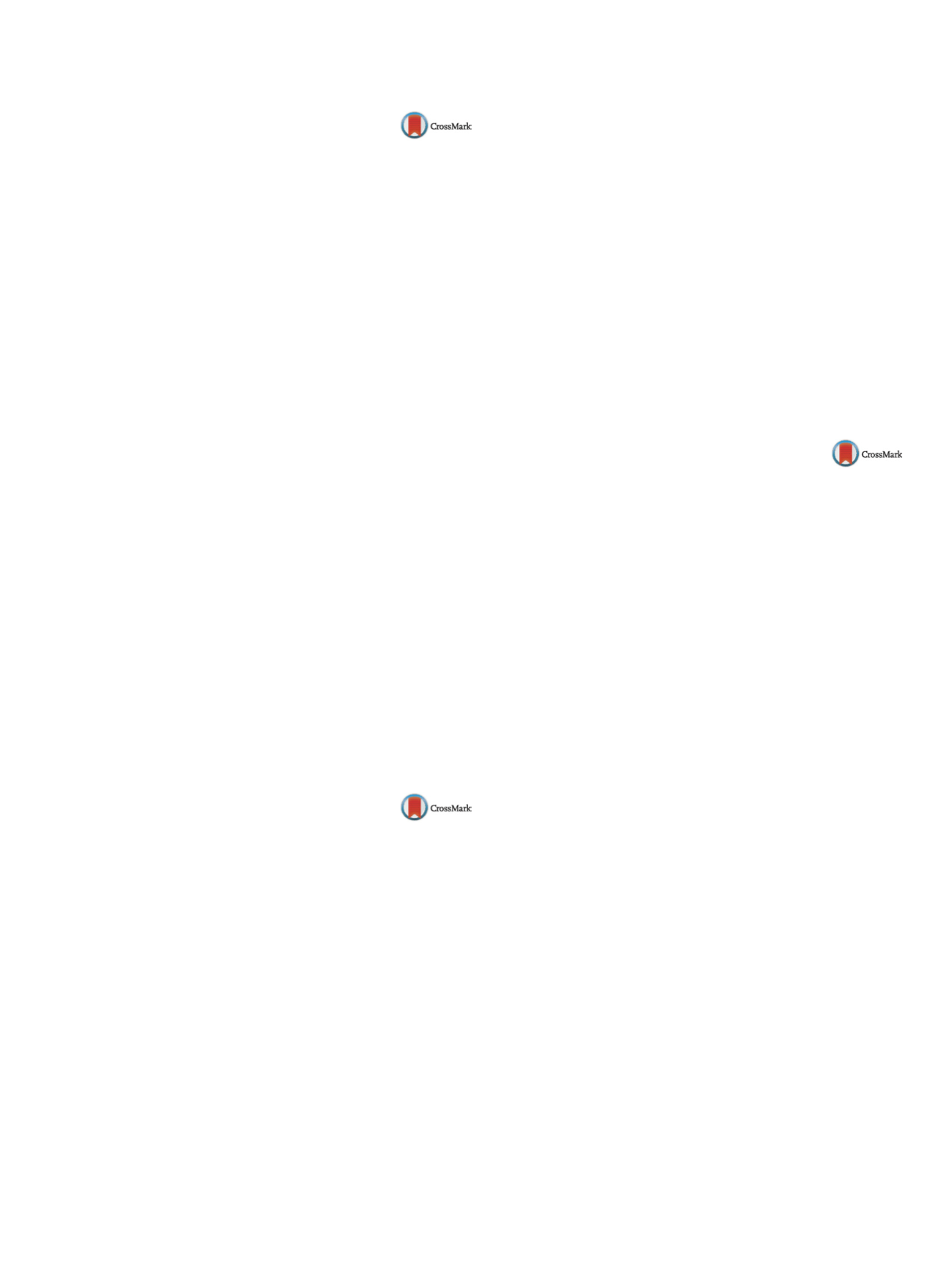

25th European Congress of Psychiatry / European Psychiatry 41S (2017) S238–S302
S239
EW0390
Connection between coping strategies
and quality of life in outpatient with
depression – cross-sectional study
M. Holubova
1 , 2 ,∗
, J. Prasko
11
University of Palacky Olomouc, Department of Psychiatry, Olomouc,
Czech Republic
2
Regional Hospital Liberec, Department of Psychiatry, Liberec, Czech
Republic
∗
Corresponding author.
Background
The quality of life is a multidimensional phe-
nomenon which represents all aspects of patient’s well-being and
various areas of the patient’s life. Specific coping strategies may be
connected with the quality of life and also with the severity of the
disorder. The objective of this study was to explore the relationship
between the coping strategies and quality of life in outpatients with
depressive disorder.
Methods
Eighty-two outpatients, who met ICD-10 criteria for
depressive disorders, were enrolled in the cross-sectional study.
Data on sociodemographic and clinical variables were recorded.
Individuals with depression filled out the standardized measures:
The Stress Coping Style Questionnaire (SVF-78), The Quality of Life
Satisfaction and Enjoyment Questionnaire (Q-LES-Q), and The Clin-
ical Global Impression (CGI).
Results
The patients overuse negative coping strategies, espe-
cially, escape tendency and resignation. Using of positive coping is
in average level (the strategy Positive self-instruction is little used).
Coping strategies are significantly associated with quality of life.
Higher using of positive coping has a positive association with QoL.
The main factors related to QoL are the subjective severity of the
disorder, employment and positive coping strategies according to
regression analysis.
Conclusions
This study revealed the connection between coping
strategies and quality of life in patients with depressive disorders.
Strengthening the use of positive coping strategies may have a pos-
itive effect on the quality of life, mental conditions and treatment
of patients with depression.
Disclosure of interest
The authors have not supplied their decla-
ration of competing interest.
http://dx.doi.org/10.1016/j.eurpsy.2017.02.004EW0391
Features of formation and system of
psychoprophylaxis of suicidal
behavior in young patients with
depression
H. Kozhyna
∗
, V. Mykhaylov , K. Zelenskay
Kharkiv National Medical University, Psychiatry, Narcology and
medical psychology, Kharkiv, Ukraine
∗
Corresponding author.
The work covers the study of the formation of suicidal behavior in
young adults with depressive disorders and developing of patho-
genetic based system of its prevention. There were clinical and
psychopathological signs of depressive disorders in young patients
analyzed. Anxiety, asthenia, asthenic-apathetic and melancholy
variants of depressive disorders in young patients with suicidal
behavior were highlighted. In this study, there were the mark-
ers of suicide risk for young patients with depressive disorders
determined: high suicide risk, low death self-consciousness, high
anhedonia level, clinical manifestations of anxiety and depression
by the hospital anxiety and depression scale, severe anxiety and
depression by the Hamilton anxiety rating scale, major depres-
sive episode by the Montgomery-Asberg depression rating scale.
It has been proved that in observed young patients with depressive
disorders with suicide behavior increased concentrations of sero-
tonin, cortisol, noradrenaline and decreased levels of adrenaline
and melatonine in plasma were observed. These changes were
determined as neurohormonal background for depletion of adap-
tation resource in stress situations. There were approaches to
differentiated prevention of suicidal behavior in depressive dis-
orders in young people validated that include pharmacotherapy
(selective SSRI, melatonin, serotonin and norepinephrine), psy-
chotherapy and psychoeducation. Psychotherapeutic complexin
patients with depressive episode must include personality-
oriented psychotherapy, cognitive behavioral therapy, family
therapy and autogenous training; in disorders of adaptation – ratio-
nal psychotherapy, cognitive-behavioral analytic psychotherapy,
family therapy, autogenic training. Psychoeducation should be
carried out using information modules, training a positive self-
image, improved compliance; formation of communication skills,
problem solving, interpersonal interaction and problem-oriented
discussions.
Disclosure of interest
The authors have not supplied their decla-
ration of competing interest.
http://dx.doi.org/10.1016/j.eurpsy.2017.02.005EW0392
Case report: Three years of refractory
atypical depression successfully
treated with“old school”
moclobemide (maoi-r)
S. Latorre
1 ,∗
, I. Moreno
1, M.J. Gordillo
21
Àrea de Salut d’Eivissa i Formentera, Communitary Mental Health
Team, Eivissa, Spain
2
Àrea de Salut d’Eivissa i Formentera, Psychiatry, Eivissa, Spain
∗
Corresponding author.
Background
Atypical depression is linked to bipolarity and
specific response to mono amino oxidase inhibitors (MAOI), treat-
ments not commonly used due to their complex handling. We
describe a successfully treated case.
Methodology
Clinical description. Depression severity is assessed
with Montgomery Asberg depression rating scale (MADRS).
Clinical case
Female, 54-year-old. Major depression, since
2011, refractory to venlafaxine/aripiprazol and escitalopram
20mg/day. Manic episode with psychotic symptoms after poten-
tiation with duloxetine. Diagnose of schizoaffective disorder
was made, treated with aripiprazol 10mg/day, with established
chronical depressive symptoms, despite addition of valproate
and venlafaxine, and partial response to pramipexole up to
1mg/day.
– Decision of cleaning up aripiprazol during 8 days and switch
to moclobemide monotherapy was made due to atypical fea-
tures. Baseline MADRS: 31. At week 2, there is change in
mood, expression, psychomotor features and speech formal and
content alterations. At week 4, activity increases, and biory-
thms normalize. At week 8 (with 600mg/day increased dose),
full response is obtained, including drive, and anxiety, with
MADRS 12.
– After one year of treatment, she has kept stability with no manic
or psychotic symptoms emergence. Reduction in dose are linked to
depression relapses. She still struggles with psychosocial recovery.
– Tolerance has been good in allmoment, except for headache crisis,
not linked to high blood pressure or diet.
Conclusions
MAOI still has a role in affective disorders treat-
ment, given its effectiveness, uniquemechanismof action and good
tolerability. Targeted psychopharmacological and phenomenology
knowledge can be the key to a recovery.
Disclosure of interest
The authors have not supplied their decla-
ration of competing interest.
http://dx.doi.org/10.1016/j.eurpsy.2017.02.006

















